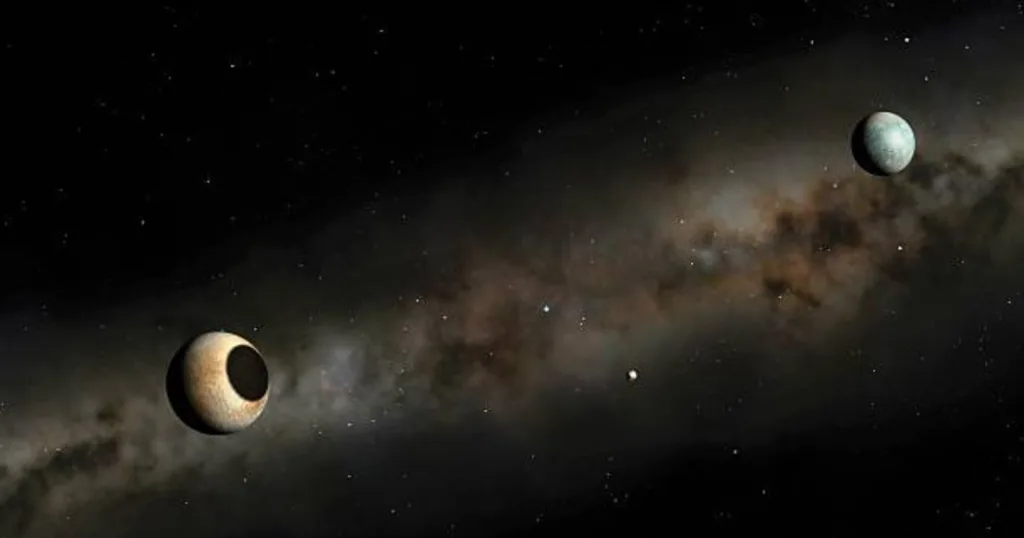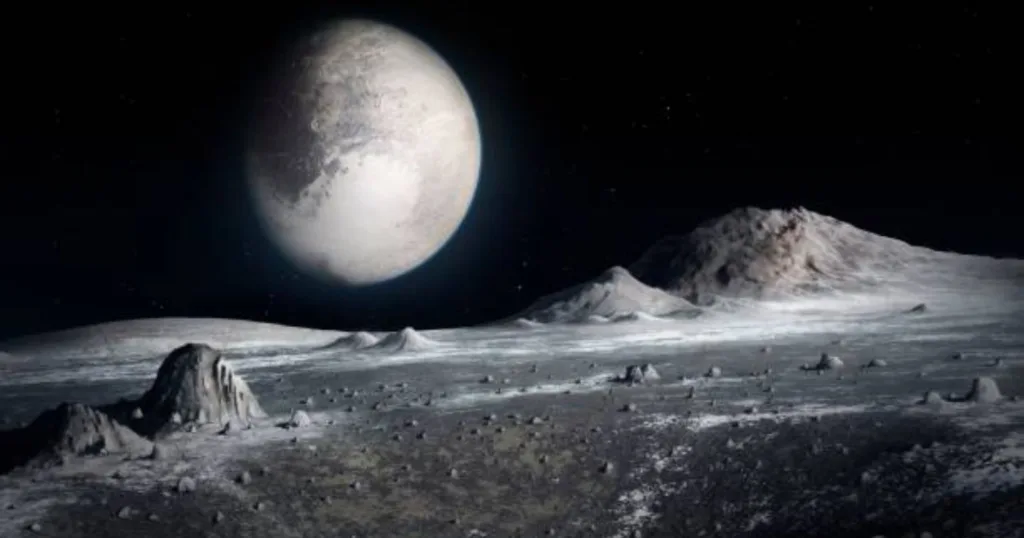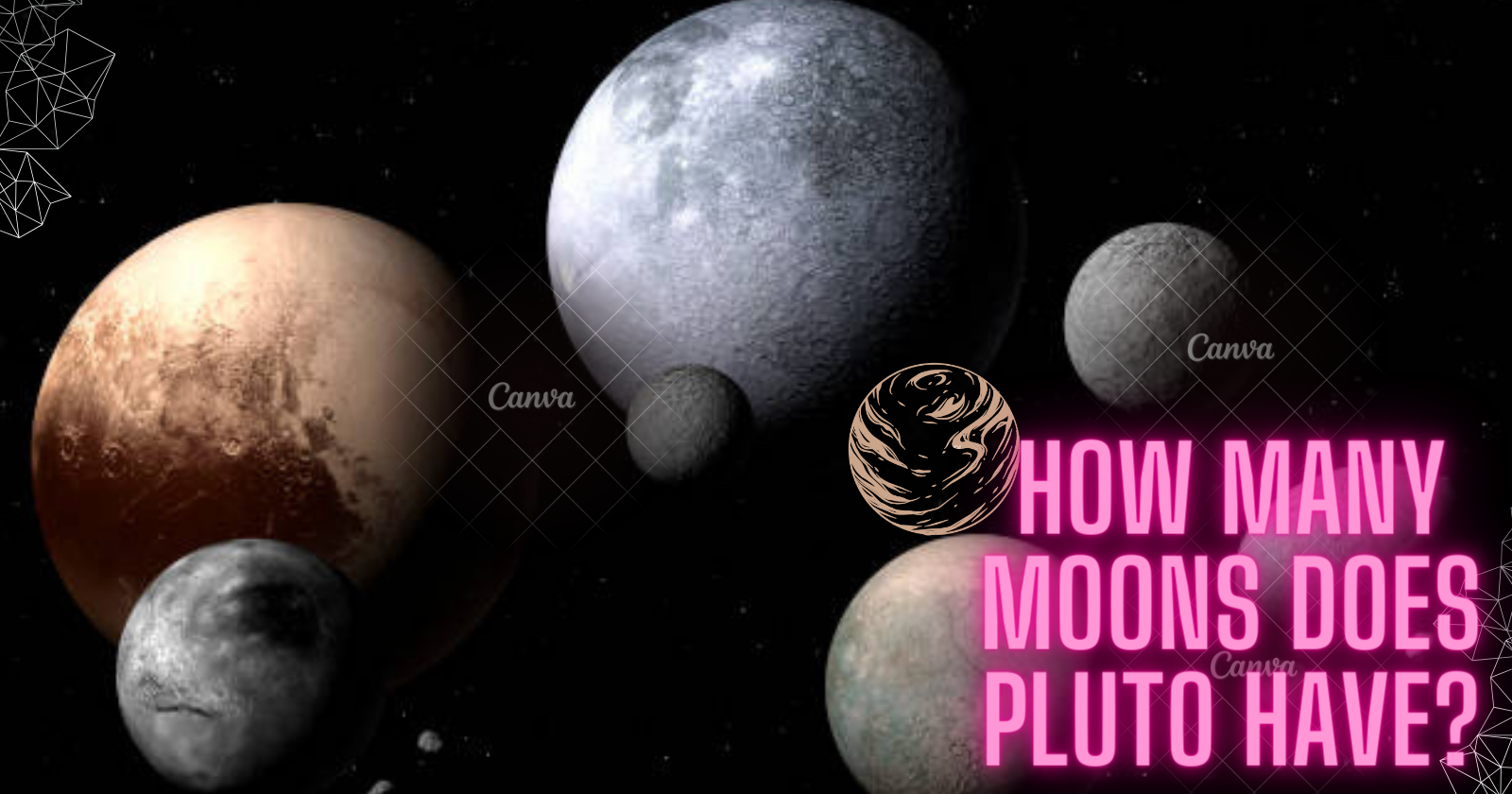How many moons does Pluto have?: Our solar system is very vast and there is a bigger planet than the other in the solar system, Pluto was considered to be the 9th planet in our solar system, but for some reason, Pluto was refused to be considered as the 9th planet, now eight have fallen in our solar system.
As you all know, Pluto could also have become a planet but some astronomers refused to consider Pluto as a planet. There were some reasons behind this due to which they refused to consider Pluto as a planet and there are eight planets in our solar system.
We believe that we have seen and read about them, but after Pluto, we do not know much about whether Pluto is ahead, so let’s start and many people have such a question in their mind. How many moons are there at the end of Pluto? Today we are going to give you the answer to this question, so let’s start this fun journey about Pluto. Thank you.
What is pluto
Before knowing the question of how many moons Pluto has, you should know that after all there is Pluto. Are we talking so much about it? So if we talk about Pluto then Pluto was a planet which was discovered in 1930. When Pluto was discovered, it was considered the 9th planet of the solar system, but as time passed, Pluto was removed from our solar system.
Before Pluto was removed from the solar system, it was again considered a nova planet. Everything was going well but in 2006, the International Astronomical Union (IAU) made some new rules due to which Pluto was removed from the 9th planet. This rule was something like this.
The types were as follows (1.) The first rule was that a planet should revolve around the Sun, which all the planets of the solar system did, including Pluto (2.) The second rule was that a planet should revolve around the Sun due to gravity. The reason should be round, which was the case with all the other planets of our solar system, including Pluto,

(3.) According to the third rule, all the planets present in the solar system should keep their orbit clear, in this Pluto was not able to do so and failed. Pluto used to share its path with other things in the Kuiper Belt, hence Pluto was refused to be considered as planet 9, hence we do not give Pluto the status of a planet in our solar system.
Pluto’s Moons: A Brief Introduction
Pluto has a group of moons that always dance around it in this huge planet in space but this moon and our moon are quite different. This moon is much smaller than our moon but this moon is very important to understand the dynamics of Pluto.
It is very important and also plays a role every time. After continuously calculating Pluto, five moons of Pluto have been considered in each has its characteristics, so we are going to tell you everything about the characteristics and names of these five moons so that you can understand. You will get a lot of help
Meet Pluto’s Moons
1. Charon
Charon is considered to be the largest and most famous planet on Pluto’s moon. It was eaten by astronomer James Crystal in 1978. This Charon planet is so huge that some scientists also believe that Pluto is the second bonus of the Charon system. The diameter of Charon is the same as that of Pluto. Charon is a nice and huge moon.
2. Hydra
Hydra is also known as the smallest moon of Pluto, which was mentioned by our astronomer in 2005 from the Herbal Space Telescope. Its size is not the same, it keeps changing from time to time and its surface is highly affected. which also indicates a water-ice-rich composition
3. Nix
Discovered alongside Hydra in 2005, Nix is another one of Pluto’s diminutive moons. Like Hydra, Nix is irregularly shaped and primarily composed of water ice. Its surface features hints of geological activity, with intriguing patterns and variations in brightness observed in images captured by space probes.
4. Kerberos
Kerberos, the second moon discovered after Charon, was found in 2011 using the Hubble Space Telescope. It’s much smaller and fainter than Pluto’s other moons, making it challenging to study. Kerberos likely formed from the debris generated by the same impact that created Hydra and Nix, adding another layer to the complex history of Pluto’s moon system.
5. Styx
The smallest and faintest of Pluto’s known moons, Styx, was also discovered in 2011 using the Hubble Space Telescope. It completes Pluto’s moon family, orbiting the dwarf planet at a considerable distance. Styx’s discovery further enriched our understanding of the diverse array of objects inhabiting the distant reaches of our solar system.

Conclusion
Pluto was considered a planet about which we do not know much. Before 2006, Pluto was considered a new planet of our solar system, but after 2006, the International Astronomical Union refused to make it a planet, due to which Pluto was considered a planet.
Removed from the Solar System In this article we have explained why Pluto was removed from our solar system and also about Pluto we have provided you with much deeper knowledge which is going to be very useful for you.
Changes are taking place in this manner. A lot of changes have started taking place on our earth as well. Changes have started taking place in our daily lives too, but there is no need to fade away from all of them. We are moving towards a new future. Thank you.
